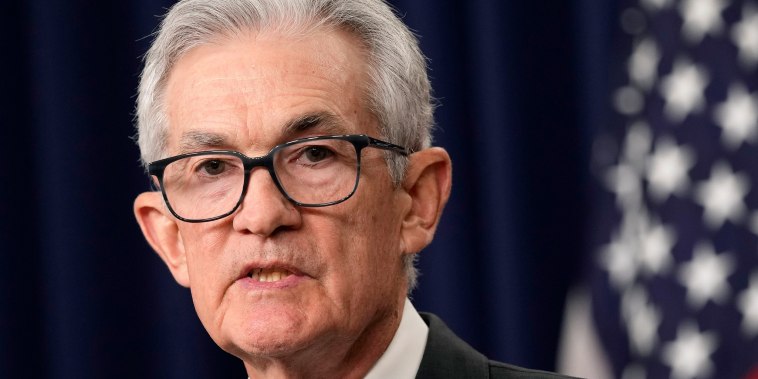
The Benefits of the Fed Holding Rates Higher for Longer
While the Federal Reserve’s decision to keep interest rates higher for a prolonged period may seem counterintuitive to some, there are several potential benefits and reasons behind this strategy. Let’s delve into why this approach may not be as detrimental as it appears at first glance.
Taking a closer look at the rationale behind the Fed’s choice reveals that one key concern is controlling inflation. By maintaining higher interest rates, the central bank aims to curb excessive spending and borrowing, which could lead to a surge in prices across the economy. This cautious approach is particularly relevant in times of economic expansion when there is a risk of overheating and inflation spiraling out of control.
Moreover, keeping rates elevated for an extended duration can act as a safeguard against financial instability. By encouraging responsible lending practices and discouraging speculative investments, higher interest rates serve as a bulwark against asset bubbles and unsustainable growth trajectories. This prudential measure can help prevent severe economic downturns and financial crises in the long run, thereby promoting stability and resilience within the financial system.
Another aspect to consider is the impact of prolonged high rates on savers and investors. While higher interest rates may deter some borrowers, they can benefit savers by offering more attractive returns on their deposits and investments. This can incentivize saving, which is crucial for long-term economic growth and financial security. Additionally, higher rates can also strengthen the purchasing power of the currency, making it more valuable in the global marketplace and potentially reducing trade imbalances.
Furthermore, the Fed’s commitment to keeping rates higher for a longer period can signal confidence in the economy’s underlying strength and resilience. It conveys a message of stability and predictability to investors and businesses, which can foster greater certainty and encourage productive investments. By maintaining a steady and transparent monetary policy stance, the central bank aims to instill trust and credibility in the financial markets, thereby supporting sustainable growth and development.
In conclusion, while the decision to keep interest rates elevated for an extended period may seem restrictive or challenging in the short term, it is essential to acknowledge the broader benefits and considerations driving this strategy. From controlling inflation and promoting stability to supporting savers and signaling confidence, there are compelling reasons behind the Fed’s choice. By understanding the rationale and implications of this approach, stakeholders can better navigate the complex landscape of monetary policy and position themselves for long-term success and prosperity.
